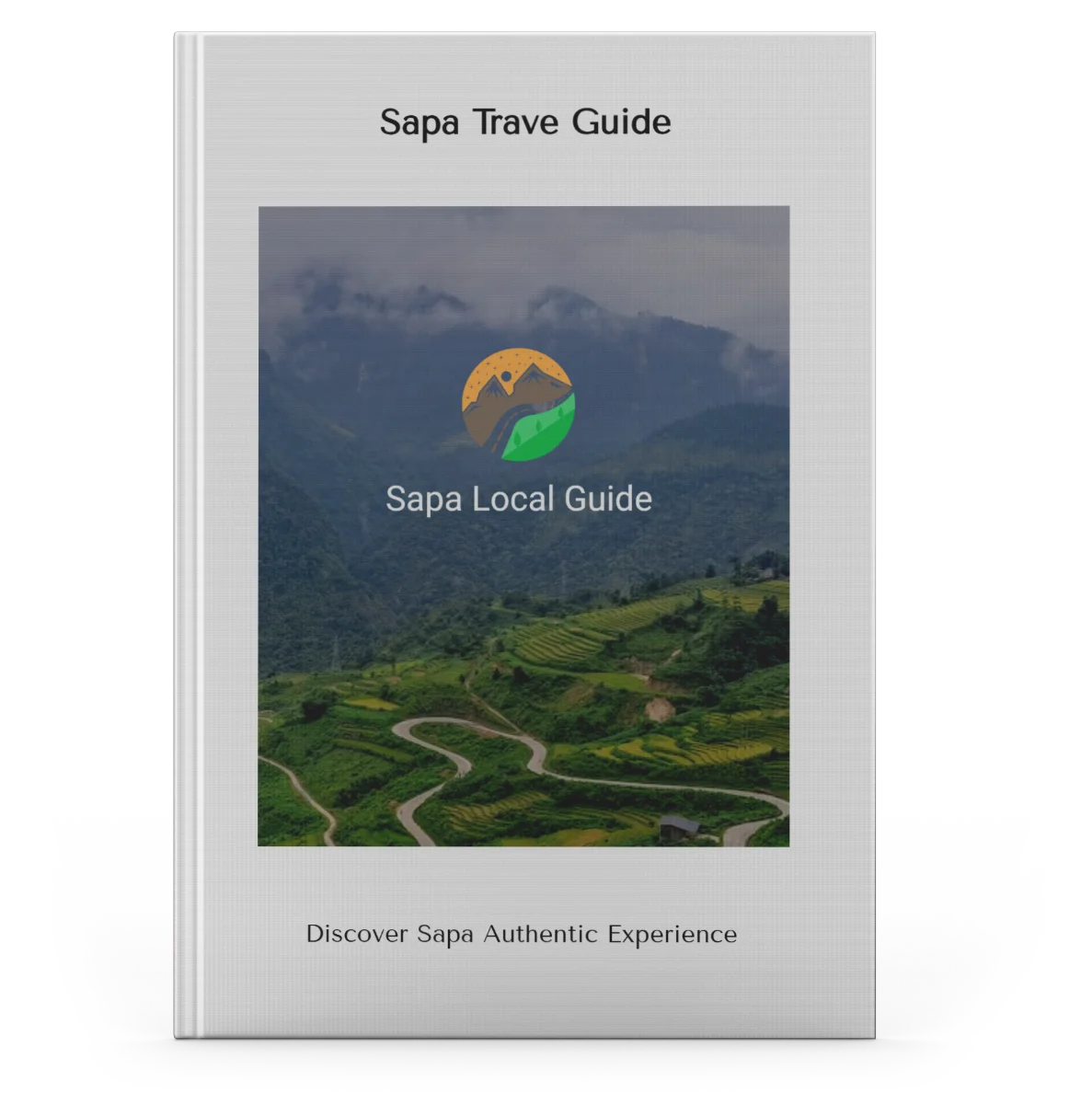![]()
Authentic Experience of Sapa
Six hidden reasons why tourists feel uneasy visiting Sapa Vietnam, child beggars, Chinese goods, persistent vendors price inflation, cultural experiences, unexpected photo fees
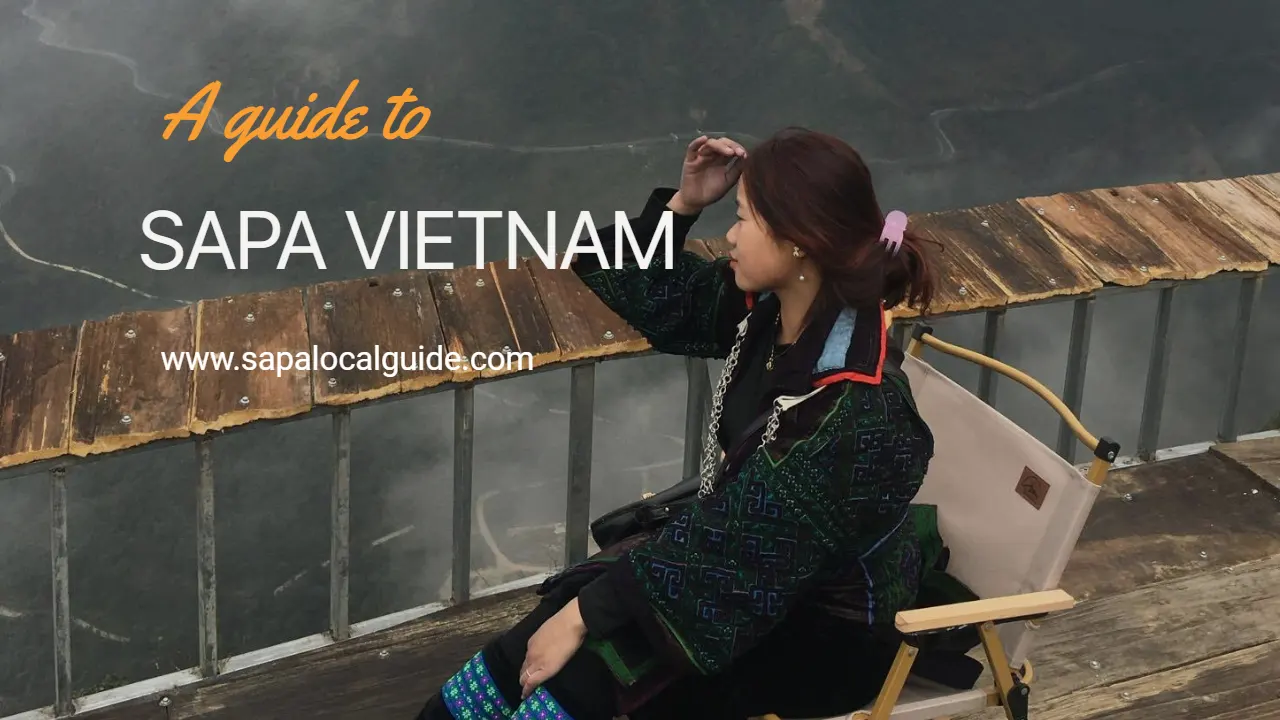
Traveling to Sapa isn't as great as the rumors say. Here are some experiences that “not everyone talks about” when visiting the town in the clouds. Find out what makes tourists uncomfortable when they come here.
Sapa is famous all over the country for its beautiful natural scenery and unique culture. However, there are still hidden parts of Sapa that make some tourists feel uncomfortable. What are the aspects of Sapa tourism that only those who have been there can truly understand?
Read more about our mistakes when traveling to Sapa here
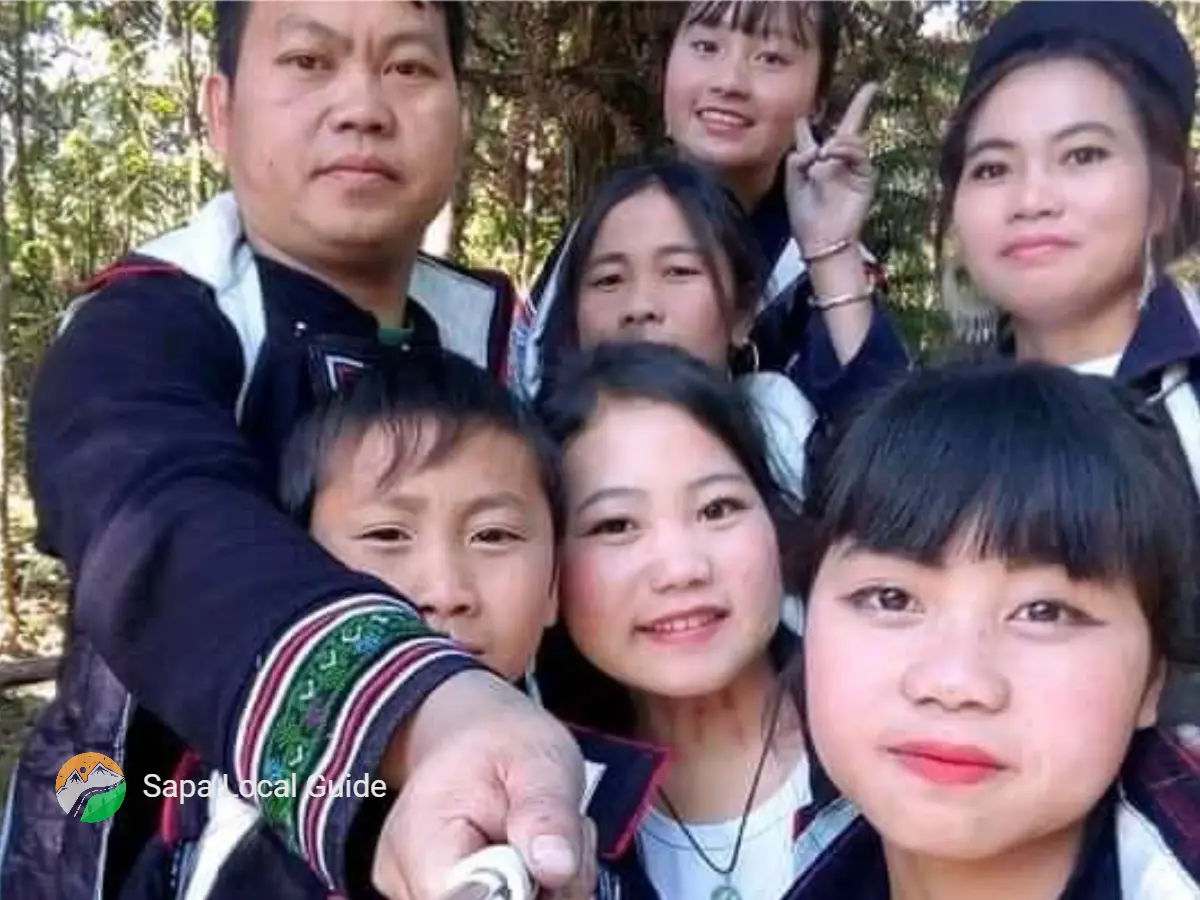
One of the saddest scenes for any tourist visiting Sapa is seeing the children working so hard with their parents to make a living. It's not hard to find young girls and boys, around 4-5 years old, carrying their siblings on their backs, holding tiny souvenir keychains, and constantly asking tourists to buy their items, saying, “Please buy something.” Sometimes, because they are so hungry, these kids follow tourists, begging for food, which makes people feel both angry and sad.
In the freezing winter weather, this sight makes tourists very uncomfortable. It's not just because their trip is disturbed, but also because they see the kids losing their childhood due to poverty.
Note that tourists in Sapa are not allowed to give begging or selling children cash or valuable items.
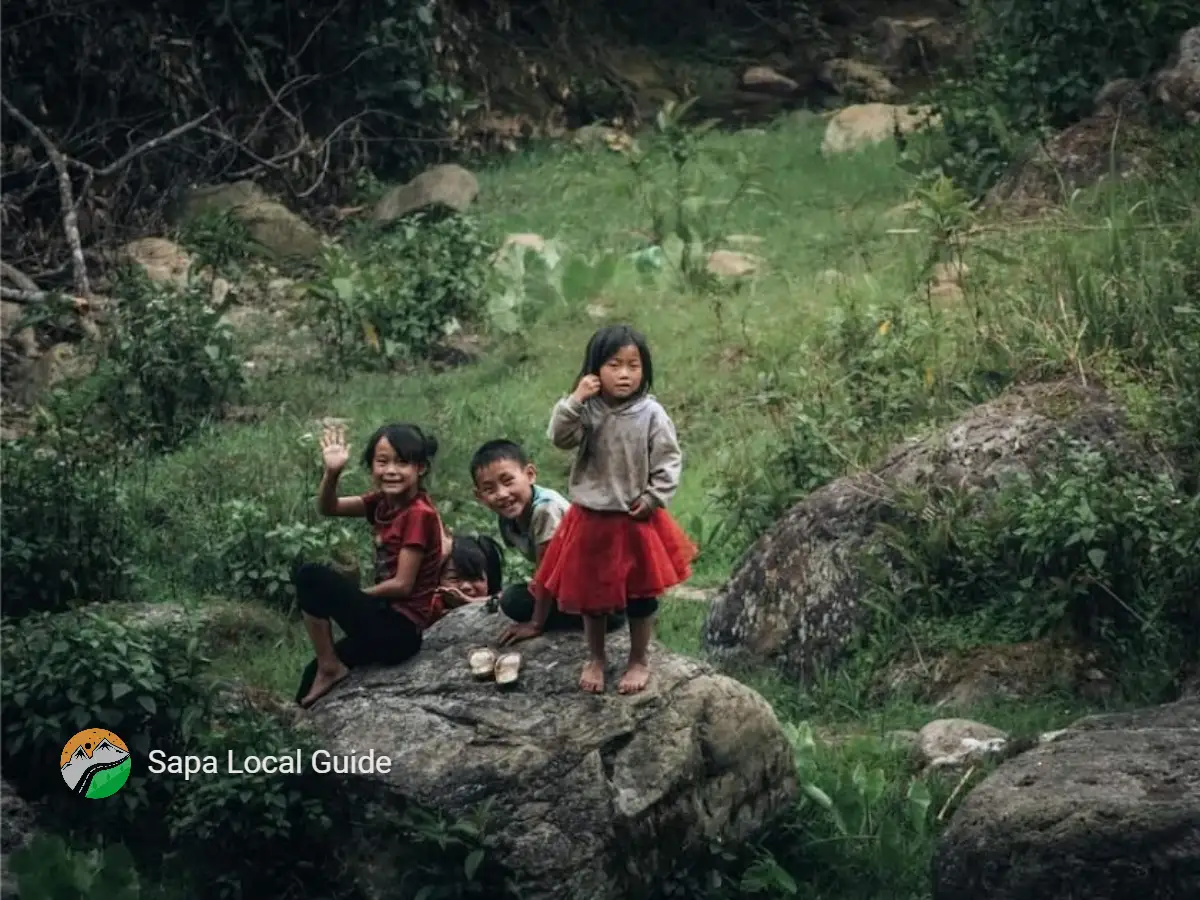
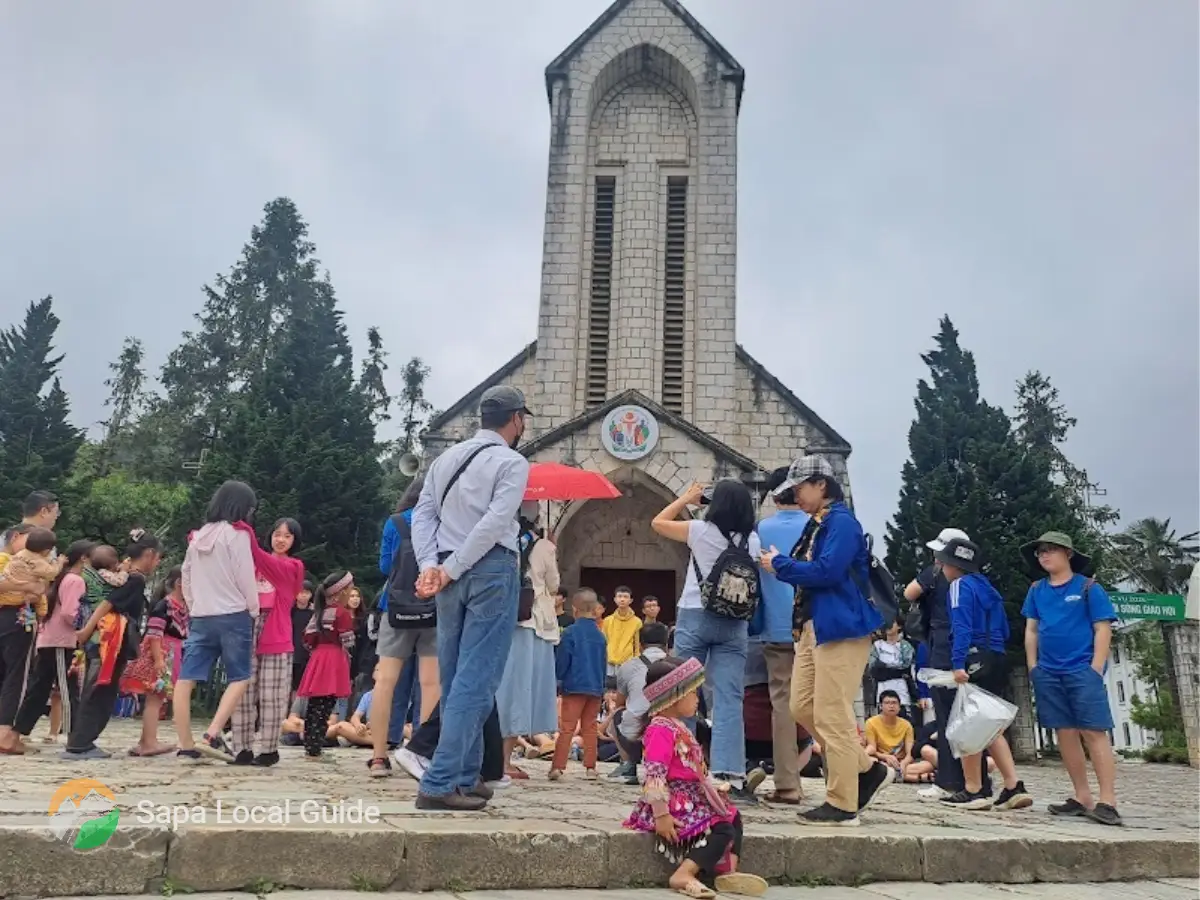
The second thing that makes tourists disappointed when visiting Sapa is the abundance of Chinese goods everywhere. Markets sell items from brocade to specialties like plums, peaches, and mushrooms, most of which are from neighboring China.
It is even harder for those looking for “authentic Sapa” items. Goods like bags or brocade clothes are mostly from China, with very few being hand-embroidered. Buying Sapa specialties like mushrooms to bring home as gifts is also difficult without experience or knowing a trustworthy place to buy from.
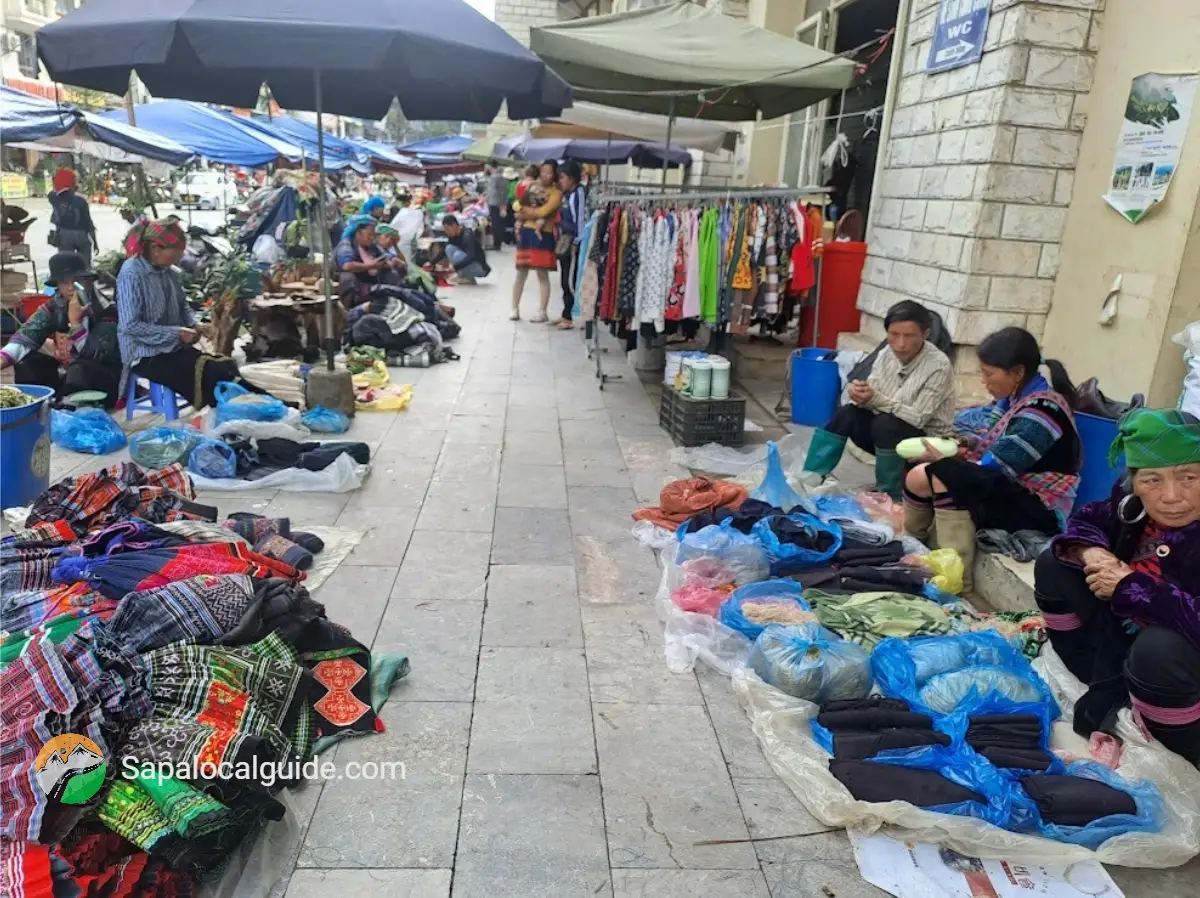
This problem has existed for many years in Sapa, affecting tourists' experiences. Visitors, especially foreigners, are often bothered by persistent street vendors, motorbike rentals, and taxi drivers.
It is common to see groups of 3-4 people, or even crowds of children, surrounding tourists and trying to sell items, especially in Sapa town. Even tall Western visitors find it hard to escape this “crowd.”
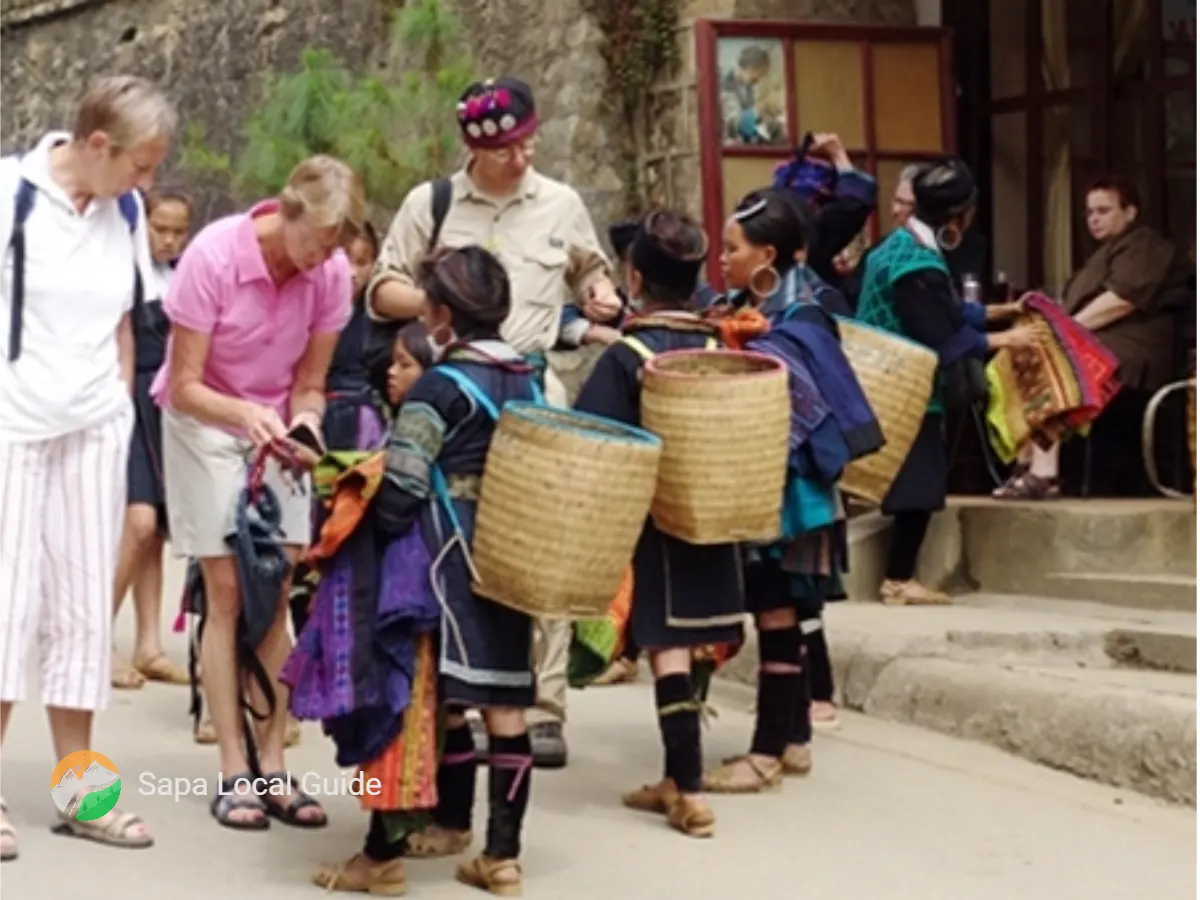
A phenomenon in Sapa tourism that is upsetting visitors is “price gouging.”
Overcharging for goods with sky-high prices is a “specialty” not only in Sapa but also in many provinces in Vietnam that people really cannot stand.
When visiting Sapa, everyone wants to buy some souvenirs for their loved ones and family. But this becomes difficult when sellers often double or triple the prices.
Moreover, the items tourists buy might not even be made by locals because many souvenirs are mass-produced in China and brought across the border, making the gifts lose much of their meaning.
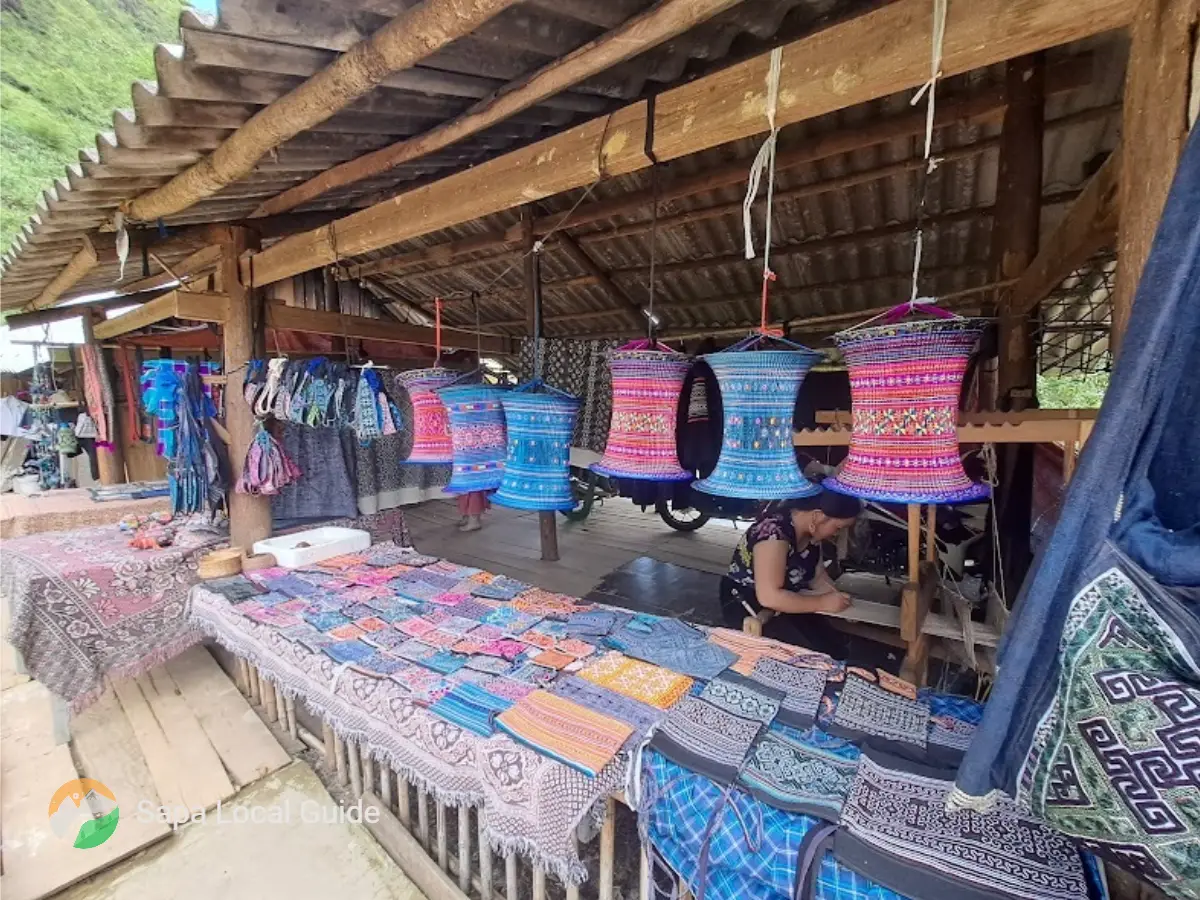
One of the must-try experiences in Sapa is soaking in the herbal bath of the Red Dao people. Especially in Sapa, after a long day of walking through the villages, when your body feels tired and you think you might get sick, just a herbal bath can make you feel healthy again. This will make you feel relaxed and comfortable.
However, because the Red Dao herbal bath has become very famous and is now a key part of Sapa tourism, many places offer this service.
In reality, the supply of herbal leaves from the Red Dao people is becoming scarce, while the demand for the service is increasing. The herbal leaves are being replaced by other types of leaves that don't work as well. This makes tourists spend money but not feel healthier.
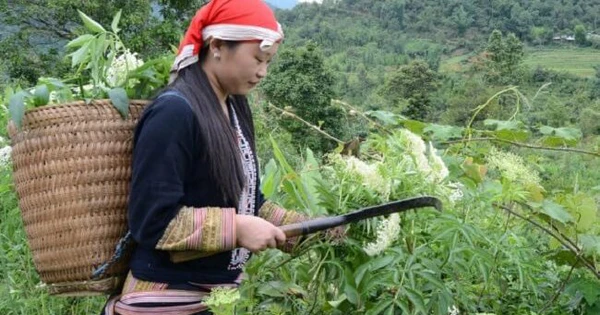
Sapa has many unique and beautiful sights, which is a great advantage. However, this also leads to many unexpected service fees.
For example, if you want to walk and take photos at Silver Stream, you will have to pay at least 20,000 VND to 250,000for each spot. The same fee applies when you enter the H’mong flower garden. There are many other tourist spots in Sapa where visitors face unnecessary costs.
To avoid surprises when taking photos in Sapa, you should learn from others' experiences and carry some money with you.
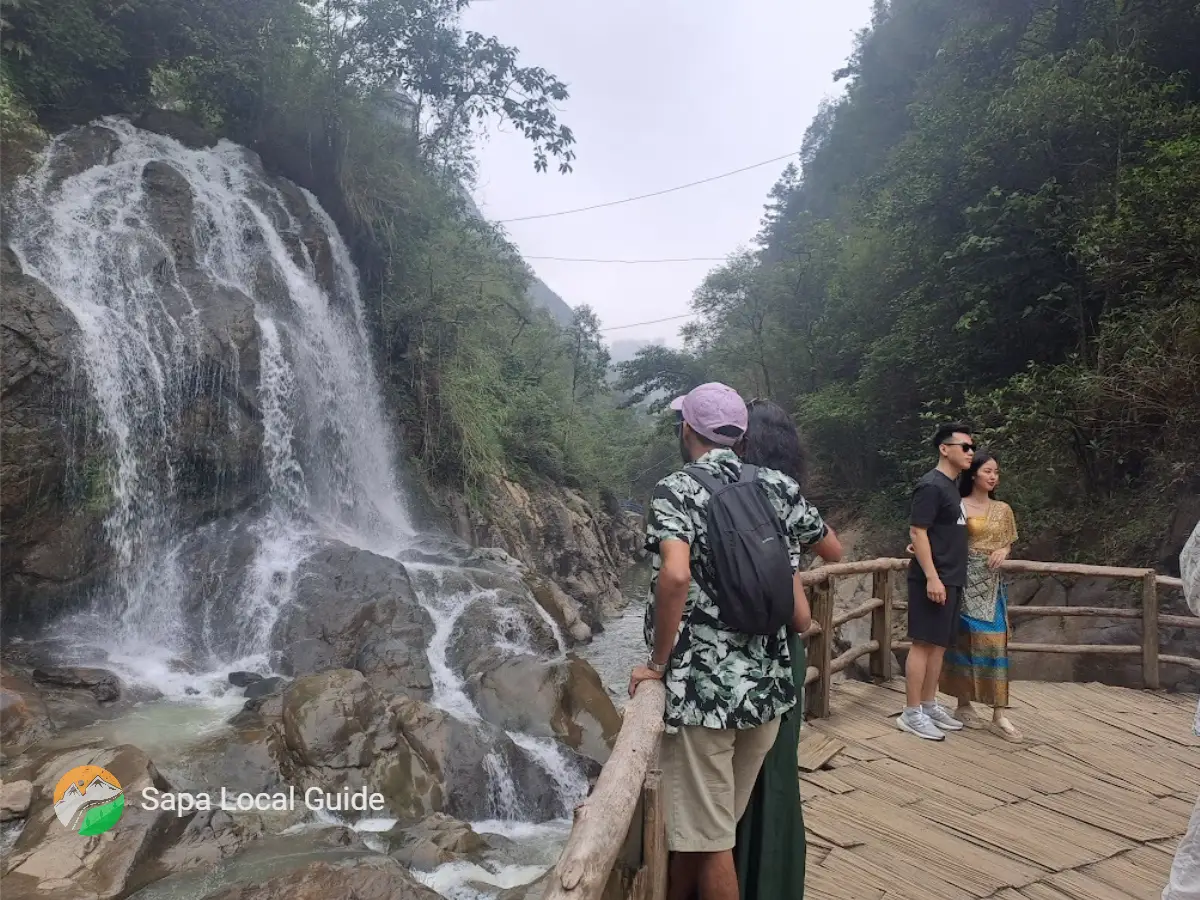
Equip yourself with the necessary experiences when coming to Sapa with “Sapa Local Guide”
No matter how beautiful a place is, there can still be things that make us feel uncomfortable. The key is to prepare well for the trip to have the best and most comfortable experiences. To do this, don't forget to follow and read useful experience-sharing articles on our “Sapa Local Guide” news page!
Below are some of our trips. Sapa Local Guide hopes the above information will help you have more ideas to make your trip more complete and meaningful.
Sapa 1 Day

1 day experience,Rice fields, valley, villages. Moderate to challenging, Private,Vegan-friendlyCultural immersion & active adventure
Motorbike Tour

1 day experience,Rice fields,waterfall.Challenging,Private tours friendly Cultural immersion, active adventure
Sapa 2 Days

2 days 1 night experience. Moderate to challenging, adventure. Mountains, valleys, rice fields and villages. Vegan-friendly
Sapa 3 Days

3 days 2 night experienc, Moderate to challenging. Mountains, valley, rice fields & villages. Private tours. Vegan-friendly
Complete with itinerary, destinations, food, accommodation and tips!
